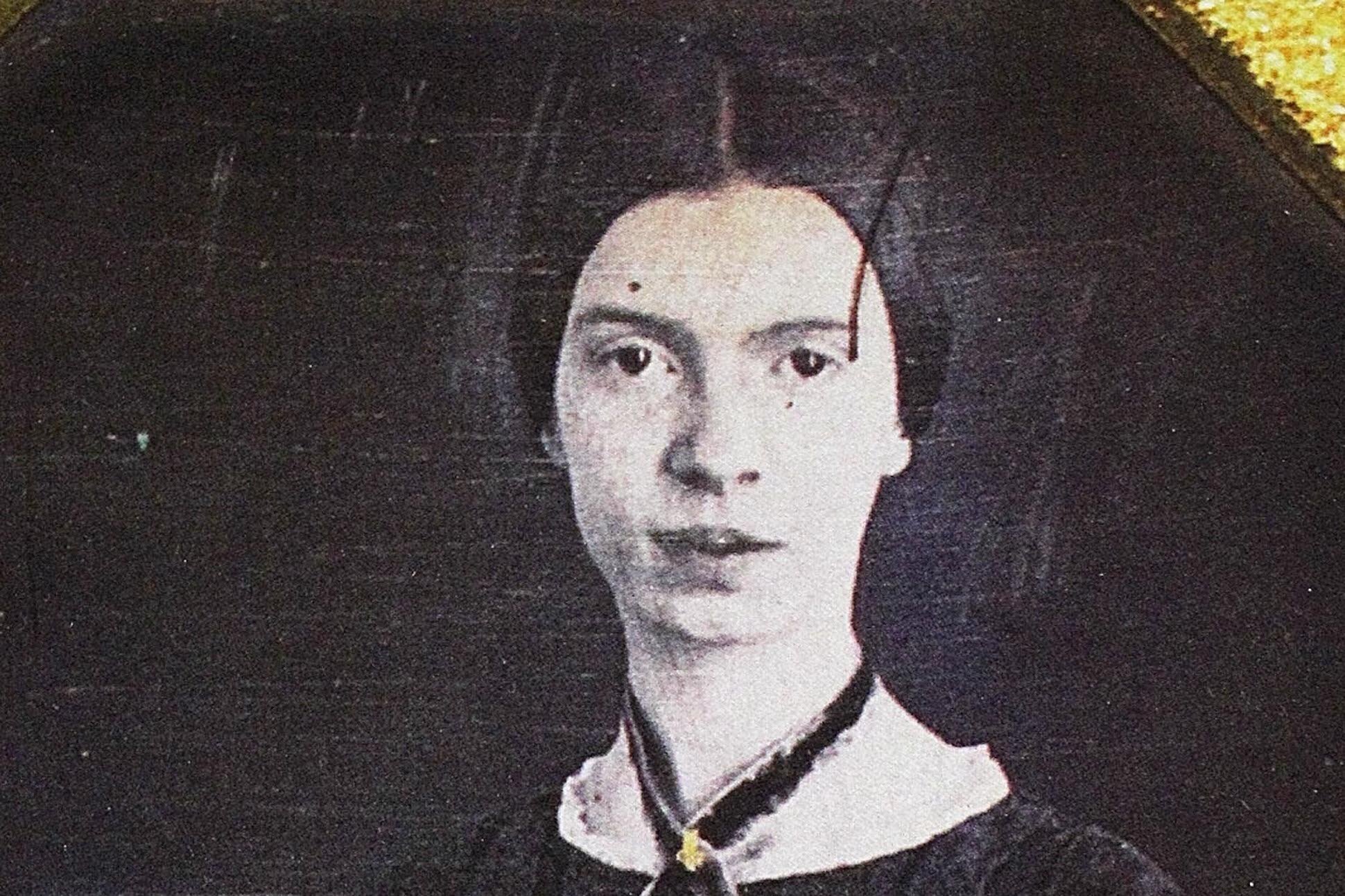Because I could not stop for Death (2017)
for SATB chorus and piano
ca. 4.5 minutes
Pictured: Emily Dickinson (1830-1886).
Winner of the 2018 ACDA Choral Composition Competition through Central Michigan University.
Listen
Program Notes
One of Dickinson’s most popular poems, Because I could not stop for Death (ca. 1863), can be interpreted as a meditation on death, life, and even afterlife. The poem personifies “Death” as a “kindly” figure that takes the speaker on a carriage ride to locations symbolizing different stages of life. The final stop of the journey appears to be the speaker’s grave. Dickinson embraces the mystery of an afterlife by refusing to posit an explanation, focusing instead on the passage of time after death and “Eternity.”
In my setting, persistent half note pulses in the piano represent the slow and unhurried passage of time, much like the persistent ticking of a clock. Long, flowing vocal lines, both ascending and descending, interweave text painting along the carriage journey. The harmonic world begins in the stark key of E minor, but modulates as the carriage journey progresses, eventually reaching the distant key of C minor upon arrival at the speaker’s grave. A brief pivot back to the original E minor tonality is interrupted by a final cadence in B mixolydian upon the word “Eternity”—ending in an ambiguous yet hopeful tone.

